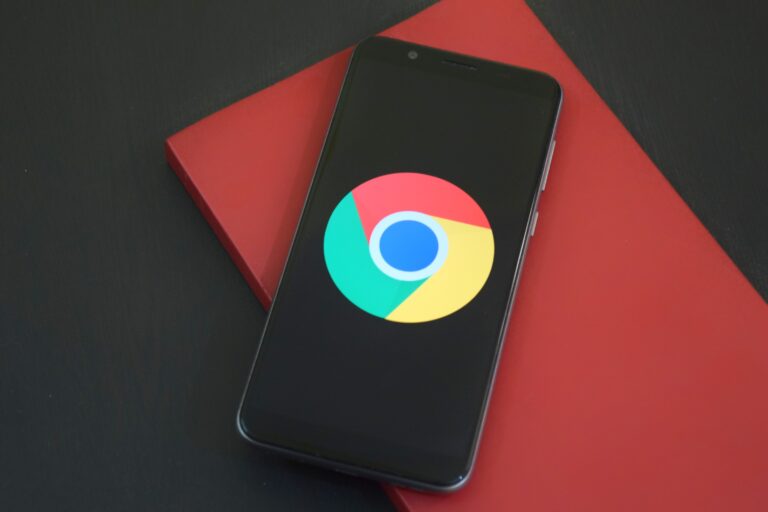It’s no secret that Google loves quality content. But regardless of how relevant and informative your content is, you’ll need to have a solid on-page SEO strategy to succeed.
Search engines value “well-written content”, but they also consider numerous other aspects of content optimization. In a sense, informative, well-written content is just a baseline to optimize upon.
In this post, we’ll share key SEO copywriting tips that will help you produce content that both users and Google will love.
We’ll share:
- What is SEO content writing
- Why SEO content writing matters
- 10 key tips for SEO content writing that drives results
Ready? Let’s dive in.
What Is Writing Content for SEO About?
SEO writing is the process of planning, creating, and optimizing content with the main goal of getting it to rank on Google organically.
The meaning given to “SEO writing” may vary on a case-by-case basis. Some marketers choose a black hat approach and think of content written for SEO as low-value, keyword-filled material that should be produced at scale. Others use SEO as a means to understand audience interests and pain points and target them directly through their content.
Needless to say, the second approach garners more results than the first one. But, what would these results look like?
Let ‘s take a look.
Why SEO-Optimized Content Matters
Content is extremely important for SEO. In fact, without an SEO content strategy, your website is unlikely to attract organic traffic. But why is that? Why is optimized content so important?
In short:
- Your content provides the minimum information search engines need for indexing and ranking your pages. It’s the foundation for everything else. By scanning through your content, search engine bots figure out your website’s topics and get some sense of its value. Ultimately, your reputation in the eyes of Google depends on your content’s quality.
- Long-term escalation in the SERPs. SEO-optimized content increases visibility and boosts SERP positioning organically. Unlike Pay Per Click (PPC) campaigns, content SEO efforts have the potential to escalate in the SERPs over time without intensive investment.
- User experience. The user experience plays a significant role in Google’s ranking system. And relevant content is the cornerstone of a good user experience.
Now let’s move on to some tips.
10 Simple But Essential Tips For SEO Content Writing
We’ve already covered what SEO content writing is and how it impacts your digital strategy. Now it’s time to go beyond the basics, with some essential tips that will help you create better SEO content for your blog.
Let ‘s dive in.
Develop a Strong Research & Ideation Process
Keep an eye on what your peers and competitors are writing about. Build a repository of interesting articles, news, and videos that are relevant to your brand’s content goals. You can then plan your content calendar inspired by trends and ongoing conversations.
Your content planning shouldn’t only include keyword research, we also recommend you:
- Set a clear goal for each content piece
- Understand how each blog post addresses user pain points or goals
- Create content for different stages of your users’ journey
Use Keywords Strategically
Search engines and users determine the relevance of your content based on keywords. Therefore, always bear in mind:
- The user’s search intent. The right keyword choice depends on understanding a user’s motivation. Do they intend to buy a product? Are they looking for a quick solution to a problem? Are they seeking information that will help them achieve a long-term goal?
- Your competitors’ top keywords. Analyzing your competitors’ top-ranked keywords can help you create a strategy to beat them. You may also discover content gaps and untapped opportunities.
- Keywords should be relevant to your business. Your keywords’ search intent should be aligned with the problems your business solves. For example, for us at SEORadar, the keyword “what is organic positioning” works better than “what is organic market growth”.
- Long-tail keywords. Despite their lower search volumes, ranking for long tail keywords is easy, as they are less competitive than shorter keywords. Additionally, since they’re so specific, these types of keywords can bring you very qualified traffic.
- Your most successful keywords. Identify your most successful content and keep it updated. Don’t try to target the same keyword on another piece, as that could result in cannibalization.
- There is no substitute for a great reading experience. Forcing keywords into your content will only make it look artificial and unreadable. Add keywords only when they make sense contextually.
Optimize Your Headings
Headings are key for search engines to understand what your content is about and classify it accordingly.
Here are some tips to optimize them:
- Maintain a hierarchy. Use headings to give your post a sense of structure.
- Avoid using multiple H1 tags on a single page. Content should only have one main title, marked as an H1 tag.
- Multiple H2, H3, and H4 tags are acceptable and considered good practice, but don’t overdo them. Keywordy subtitles are unlikely to affect your ranking.
Remember that You Are Writing for Humans

Google’s algorithms now detect user intent more accurately to deliver relevant search results. If you want your content to rank for relevant terms and increase its visibility, we recommend you:
- Respond to search queries directly
- Avoid plagiarized content
- Avoid saturating your page with paid advertising
- Consider semantic searches, don’t just focus on putting particular words in a particular order
- Based on search intent, provide answers that match what your user’s looking to find
- Design buyer personas and use them as a reference during content ideation
- Write in a tone that matches your target users’ desires, motivations, pain points, and interests
Write Compelling and Informative Titles & Meta Descriptions
Your meta title and meta description can affect whether users choose your site out of thousands of search results. Hence, bad titles and meta descriptions can severely impact your organic traffic.
Your metatags should be catchy and incorporate your target keyword. Particularly, your meta descriptions should be eye-catching while remaining honest and informative.
Some good practices are:
- Incorporating a teaser. “We tested the new X game updates: they’re groundbreaking”.
- Making sure your core offer is in the title. For example, “How to find cheap flights”.
- Being extremely clear about your competitive advantage. For example, “Here’s our list of the best 4 video game consoles for 2023 and where to buy them at incredible prices”.
Optimize Your Content for Featured Snippets
If your content is accurate and valuable, you have high chances of getting featured in Google’s answer boxes.
Simply answer the search query’s question concisely, using your target keyword.
For example, here’s the featured snippet for “how to screenshot on iphone 13”:
Aside from the content’s directness and usefulness, there’s something important we can’t overlook. This featured snippet comes from Apple’s website.
There are some cases where it’s almost impossible to compete for a featured snippet. This is one of them, it’s unlikely that you’ll beat Apple for this query because they’re in an authoritative position. Their content’s very clear, and they’re the ones who designed and produced the iPhone 13.
Aside from these cases, you may also find it hard to get snippets for financial, legal, and medical keywords. Official websites are bound to outperform, due to Google’s “Your Money or Your Life” rules.
Include Visual Content (and Add Alt Tags)
Add alternative text to all the images you include in your post. By using this method, search engines will understand what that image is about, and index it accordingly. In fact, adding alt text is key for ranking on Google Images. But here’s the trick: your alt text shouldn’t be keywordy or vague. It should be informative and contextual.
You can learn more about how to write proper alt tags in our SEO & UX guide.
Link to Valuable Resources
Add links pointing to other posts on your site. That will have two effects:
- It’ll help Google understand how your content relates to each other
- Readers interested in a particular subtopic will find it useful
The results of proper internal linking may be:
- Higher time-on-page
- Reduced bounce rates
- More conversions
- Higher SERP positioning
But you shouldn’t only link to other posts on your site. Including links to reputable websites will give readers more reading material and show search engines that you did your research.
Write Long Posts and Write Frequently
At some point or another, all content writers wish there was a precise word count that Google favors. As we explored when answering the most common blogging questions, this number doesn’t exist.
But one thing’s for sure: Search engines like Google prefer information-filled blog posts starting at 1,500 words. But most content strategies don’t begin to show results when a blog hits a number of words, but when it hits a number of published posts. The more content you have on your page, the more clues search engines will have to learn what your blog is about. Hence, the best word count is whichever allows you to post good content consistently.
However, lengthy posts can be overwhelming and boring for readers. This is why it’s vital to make your post easy to scan. Break them up into easy-to-read chunks by using:
- Headings
- Lists
- Illustrative images and infographics
- Videos
Optimize Your Media
Images and videos make your posts easier to navigate and help you deliver more value to your users. However, when adding them to your content, consider that Google rewards pages that load fast and heavy images or videos are one of the main causes of page lag.
Luckily, there are free apps and WordPress plugins that compress images without sacrificing quality.
Aside from compressing your images, remember to:
- Serve your images in modern formats
- Host your videos on third-party platforms (such as YouTube, Vimeo, or Loom)
- Implement lazy loading
There’s More to SEO than Meets the Eye
In this post, we shared some of our favorite SEO content writing tips. But SEO isn’t just about quality content. Your website’s code can significantly affect your ranking – even when it comes to elements that the user doesn’t see, such as metatags and HTTP headers.
But monitoring your website’s code can range from tedious to impossible, especially if you have hundreds of URLs. Don’t worry, we’ve got you covered.
SEORadar automatically monitors your website’s code and content and notifies you of any changes that could affect your ranking. Notifications are sent instantly, based on your priorities, through your preferred communication channels.
Let us be your ally for technical SEO at scale. Interested? Start a free trial or schedule a demo today.








